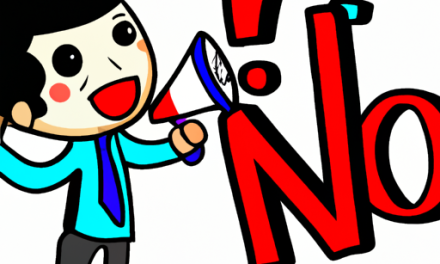Public relations campaigns can have an enormous impact on a brand’s reputation and reach. They can inspire, provoke thought, change perspectives, and create a lasting bond between brands and their audience. Let’s explore ten of the most successful PR campaigns in history, delving into the specifics of what made them so effective and the enduring lessons they offer.
1. The ALS Ice Bucket Challenge (2014)
The ALS Association’s Ice Bucket Challenge started as a small initiative but quickly turned into a viral sensation. The challenge involved dumping a bucket of icy water over your head, then nominating others to do the same. Celebrities and everyday people alike participated, resulting in over $115 million raised for ALS research in the U.S alone. Why it worked: The challenge’s interactive nature prompted widespread engagement, it was simple to participate in, and it cleverly utilized social media’s viral capabilities. It offered a fun and straightforward way for people to contribute to a serious cause, making it a compelling PR campaign.
2. Dove’s Real Beauty Campaign (2004)
Dove’s Real Beauty campaign was a game-changer in the beauty industry. It featured real women with different body types and ethnic backgrounds, rather than the industry-standard models. Why it worked: By challenging societal beauty standards, Dove created a conversation about inclusivity and diversity. The campaign resonated with women worldwide, leading to significant brand loyalty and positioning Dove as a leader in body-positive messaging.
3. Red Bull Stratos Jump (2012)
Red Bull took branding to new heights (literally) by sponsoring Felix Baumgartner’s freefall from the edge of space. The event was live-streamed and watched by millions around the world. Why it worked: This daring PR stunt embodied Red Bull’s brand message of extreme sports and adventure. The global coverage solidified Red Bull’s place as a leader in energy drinks and showed other brands the potential of bold, attention-grabbing PR campaigns.
4. Nike’s Colin Kaepernick Campaign (2018)
Nike’s ad featuring Colin Kaepernick, an NFL player who kneeled during the national anthem to protest racial injustice, created controversy and dialogue. Why it worked: Despite some backlash, the campaign was a strategic success. It demonstrated Nike’s commitment to social justice and cemented its appeal to its primary demographic: young, urban, diverse consumers who responded positively to a brand that shared their progressive values.
5. The Share a Coke Campaign (2011)
Coca-Cola’s Share a Coke campaign personalized Coke bottles with people’s names, inviting customers to ‘Share a Coke’ with friends. Why it worked: This clever campaign transformed a generic product into a personalized experience, leading to a global surge in sales. By encouraging customers to share images of their Coke bottles on social media, Coca-Cola also saw a significant increase in online engagement.
6. LEGO’s Rebuild The World Campaign (2019)
LEGO’s Rebuild The World Campaign used imaginative play scenarios to showcase the creative potential of LEGO bricks. Why it worked: The campaign’s emphasis on creativity and playfulness mirrored the brand’s values and appealed to both children and adults. The inspiring visuals and captivating storytelling made this a memorable and successful PR campaign.
7. Starbucks’ #WhatsYourName Campaign (2020)
In the UK, Starbucks launched the #WhatsYourName campaign, which offered to write transgender and gender diverse individuals’ chosen names on Starbucks cups. Why it worked: The campaign resonated with many as it promoted acceptance and inclusivity. By standing for a contemporary social issue, Starbucks showed its willingness to drive change, strengthening its bond with customers.
8. American Express’s Small Business Saturday (2010)
American Express initiated Small Business Saturday, encouraging people to shop at local businesses the day after Black Friday. Why it worked: This campaign was successful because it supported a worthy cause—helping small businesses—and it positioned American Express as a socially-conscious brand. Its success is evidenced by the fact that Small Business Saturday has now become an annual tradition.
9. Old Spice’s The Man Your Man Could Smell Like Campaign (2010)
Old Spice revamped its traditional image with a humorous and memorable campaign featuring former NFL player Isaiah Mustafa. Why it worked: The unconventional approach grabbed audience attention, made the brand relatable to a younger demographic, and the ad’s humor made it highly shareable, leading to a surge in sales.
10. Airbnb’s We Accept Campaign (2017)
Airbnb’s We Accept campaign was an excellent response to the topical social issue of acceptance. Why it worked: By addressing a global concern—acceptance regardless of race, religion, gender, or sexual orientation—Airbnb showcased its commitment to inclusivity. The campaign fostered community spirit and differentiated Airbnb from its competitors.
These ten campaigns exemplify how understanding your audience, aligning with your brand values, and pushing creative boundaries can lead to PR success. They remind us that successful PR campaigns often involve taking risks and engaging with audiences on a deeper, emotional level. By learning from these successful campaigns, brands can create impactful





